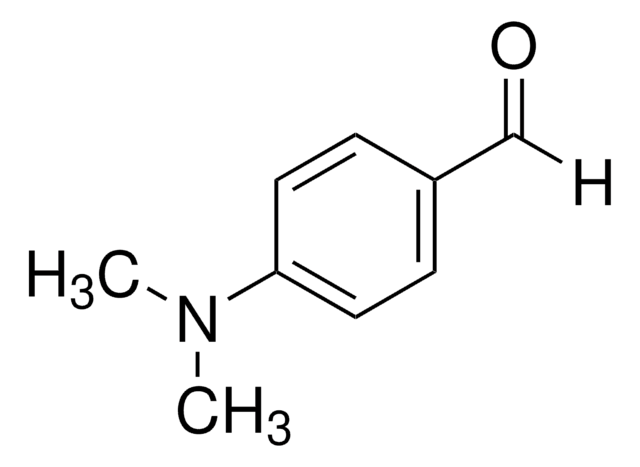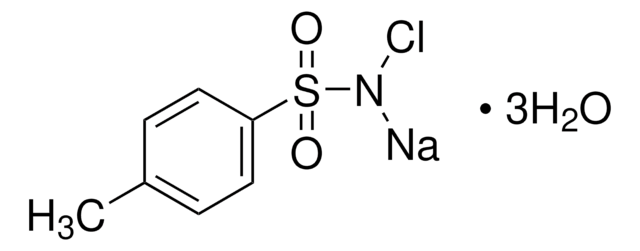56250
trans-4-Hydroxy-L-proline
≥99.0% (NT), BioXtra
Sinonimo/i:
(2S,4R)-4-Hydroxypyrrolidine-2-carboxylic acid, Hyp
About This Item
Prodotti consigliati
product name
trans-4-Hydroxy-L-proline, BioXtra, ≥99.0% (NT)
Nome Commerciale
BioXtra
Livello qualitativo
Saggio
≥99.0% (NT)
Forma fisica
solid
Attività ottica
[α]20/D −76.0±1.5°, c = 5% in H2O
Impurezze
≤0.3% foreign amino acids
Residuo alla calcinazione
≤0.1% (as SO4)
Perdita
≤0.1% loss on drying, 110 °C
Colore
colorless to white
Punto di fusione
273 °C (dec.) (lit.)
Anioni in tracce
chloride (Cl-): ≤100 mg/kg
sulfate (SO42-): ≤100 mg/kg
Cationi in tracce
Ca: ≤10 mg/kg
Cd: ≤5 mg/kg
Co: ≤5 mg/kg
Cr: ≤5 mg/kg
Cu: ≤5 mg/kg
Fe: ≤5 mg/kg
K: ≤50 mg/kg
Mg: ≤5 mg/kg
Mn: ≤5 mg/kg
NH4+: ≤100 mg/kg
Na: ≤50 mg/kg
Ni: ≤5 mg/kg
Pb: ≤5 mg/kg
Zn: ≤5 mg/kg
applicazioni
peptide synthesis
Stringa SMILE
O[C@H]1CN[C@@H](C1)C(O)=O
InChI
1S/C5H9NO3/c7-3-1-4(5(8)9)6-2-3/h3-4,6-7H,1-2H2,(H,8,9)/t3-,4+/m1/s1
PMMYEEVYMWASQN-DMTCNVIQSA-N
Cerchi prodotti simili? Visita Guida al confronto tra prodotti
Azioni biochim/fisiol
Altre note
Codice della classe di stoccaggio
11 - Combustible Solids
Classe di pericolosità dell'acqua (WGK)
WGK 1
Dispositivi di protezione individuale
Eyeshields, Gloves, type N95 (US)
Certificati d'analisi (COA)
Cerca il Certificati d'analisi (COA) digitando il numero di lotto/batch corrispondente. I numeri di lotto o di batch sono stampati sull'etichetta dei prodotti dopo la parola ‘Lotto’ o ‘Batch’.
Possiedi già questo prodotto?
I documenti relativi ai prodotti acquistati recentemente sono disponibili nell’Archivio dei documenti.
I clienti hanno visto anche
Il team dei nostri ricercatori vanta grande esperienza in tutte le aree della ricerca quali Life Science, scienza dei materiali, sintesi chimica, cromatografia, discipline analitiche, ecc..
Contatta l'Assistenza Tecnica.


